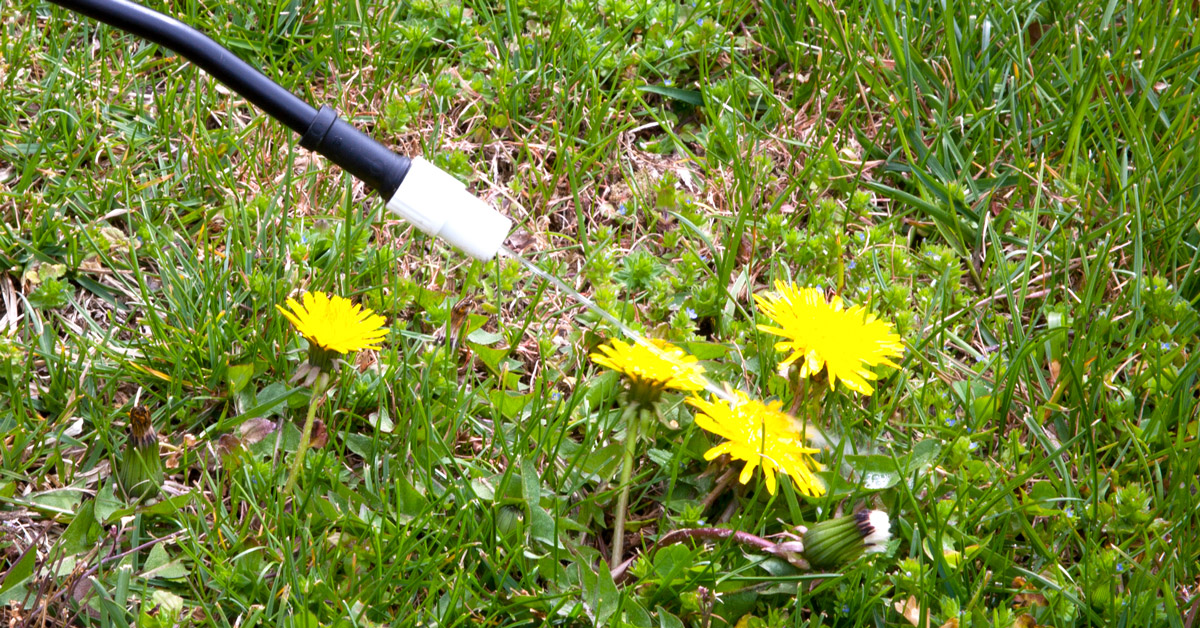
Heavy metals and carcinogens found in supposedly less toxic herbicide formulations – Claire Robinson reports
Herbicide manufacturers have been quick to capitalise on global fears about the health effects of glyphosate by producing glyphosate-free weedkillers. Alternative products have appeared in garden centres and supermarkets, sometimes still called "Roundup", but with the glyphosate active ingredient replaced with supposedly natural ingredients such as acetic acid (the main component of vinegar) or pelargonic acid, a type of fatty acid.
The perception is that these substances are less toxic for health and the environment than glyphosate. But a new study published in Food and Chemical Toxicology questions this assumption.
Researchers analysed 14 glyphosate-free herbicides marketed in Europe and found that they contain heavy metals, including arsenic, lead, iron, nickel, and titanium. In some cases these substances were present at up to several hundred times regulatory permitted levels for water.
The researchers also tested the herbicides for polycyclic aromatic hydrocarbons (PAHs), a class of chemicals found in coal, crude oil, and gasoline. Long-term exposure to PAHs has been found to cause cancer in laboratory animals and is linked to cancer in humans. The carcinogen benzo(A)pyrene was detected in a third of the new herbicides. It was found to be present at up to several thousand times above the toxicity threshold for water, as determined by at least one regulatory agency, as was benzo(A)anthracene.
Glyphosate present
Traces of glyphosate were found at different levels in two formulated supposedly glyphosate-free pesticide products with the same authorization number. In another case the authorization numbers were the same but different contaminants were found. The researchers state, "This shows that the methods of formulation manufacturing are not controlled or reproducible; and this impacts the feasibility of scientific assessment of the long-term toxicity of formulated pesticides in general."
The researchers, Prof Gilles-Eric Séralini of the University of Caen, and Gerald Jungers, conclude in their paper that as vinegar and glyphosate-free acetic acid-based herbicide both contain around 6% acetic acid, people may as well use vinegar, which is less toxic and cheaper.
Adjuvants another concern
As well as the contaminants issue, concerns have previously been raised about the potential toxicity of the added ingredients (adjuvants) in glyphosate-free herbicides. Adjuvants are added to herbicide mixtures to increase the plant-killing activity of the declared active ingredient. Yet the identity of the adjuvants is not declared on the label of any herbicide – whether glyphosate-free or not.
Existing research confirms that adjuvants in glyphosate-based herbicides are toxic in themselves and that the formulations are more toxic than the active ingredient glyphosate.
Currently the toxicity of the adjuvants, the contaminants, and the formulations as sold and used is not considered in regulatory assessments, which only look at the declared active ingredient. This is a major lack in pesticide risk assessment.










